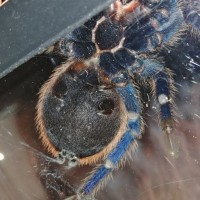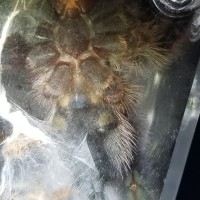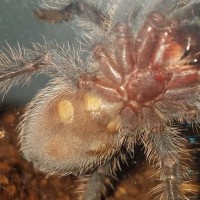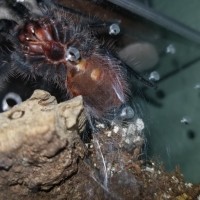Juvie 3.5"
Media information
Image metadata
- Device
- samsung SM-G892A
- Aperture
- ƒ/1.7
- Focal length
- 4.3 mm
- Exposure time
- 1/60
- ISO
- 80
- Filename
- 20180929_230249.jpg
- File size
- 2.6 MB
- Date taken
- Sat, 29 September 2018 11:02 PM
- Dimensions
- 4032px x 3024px







